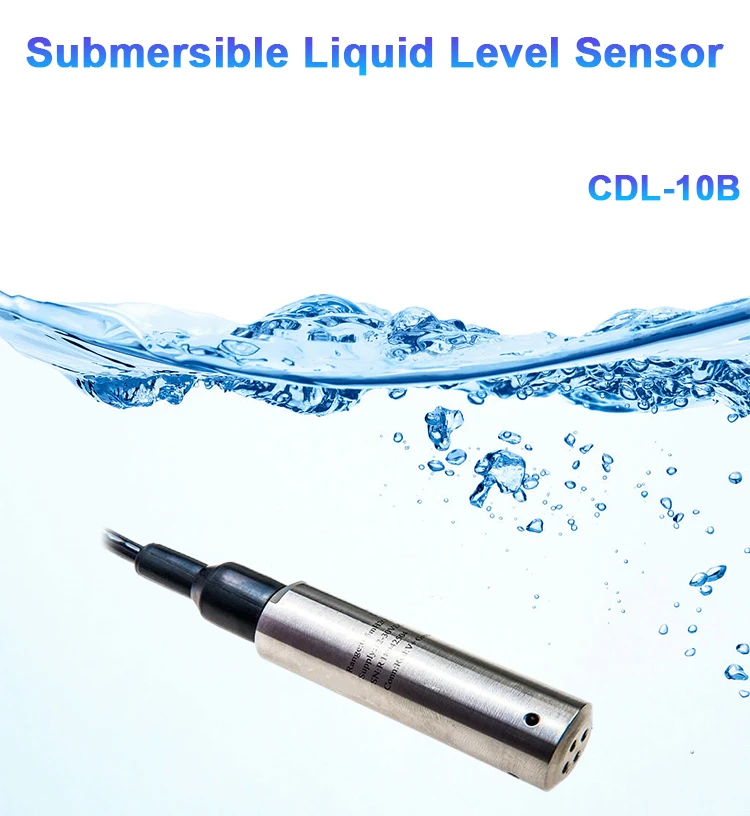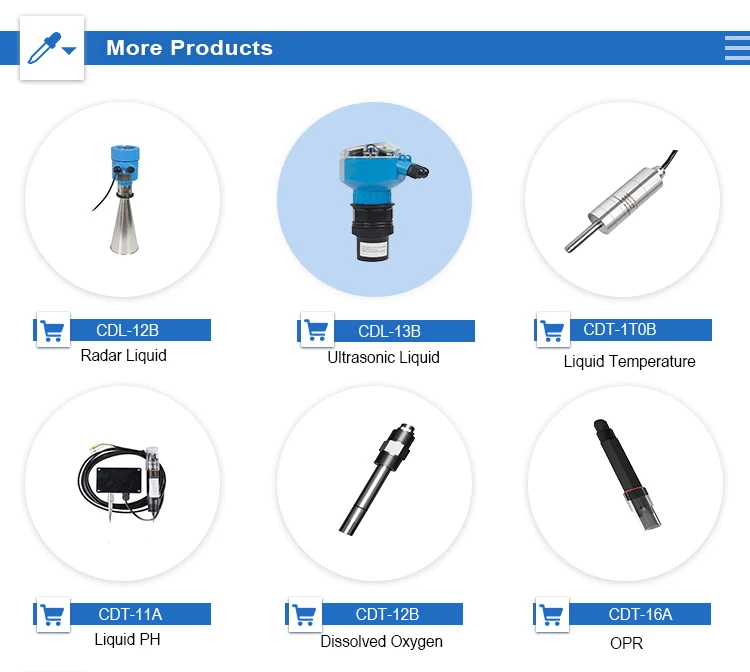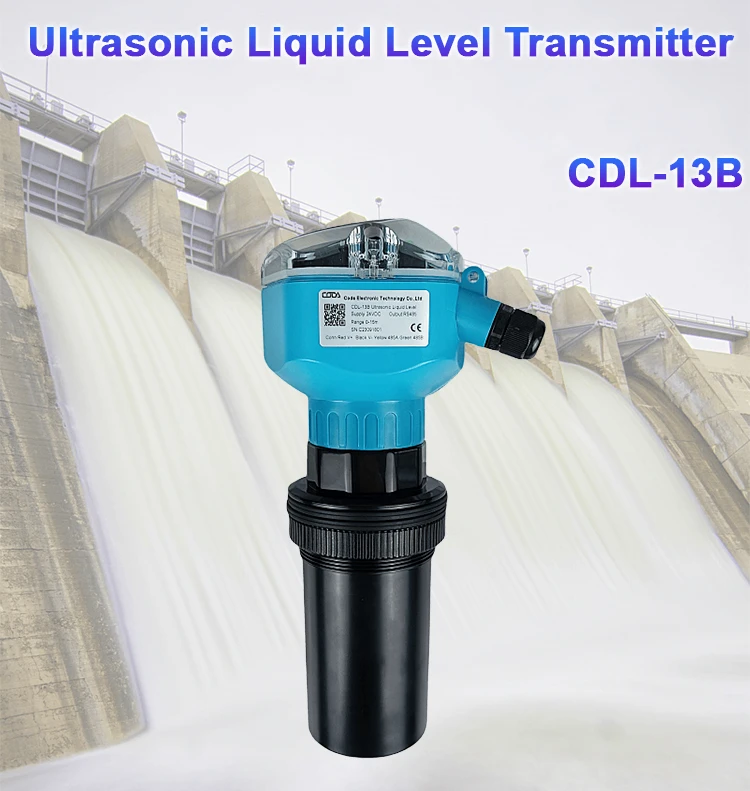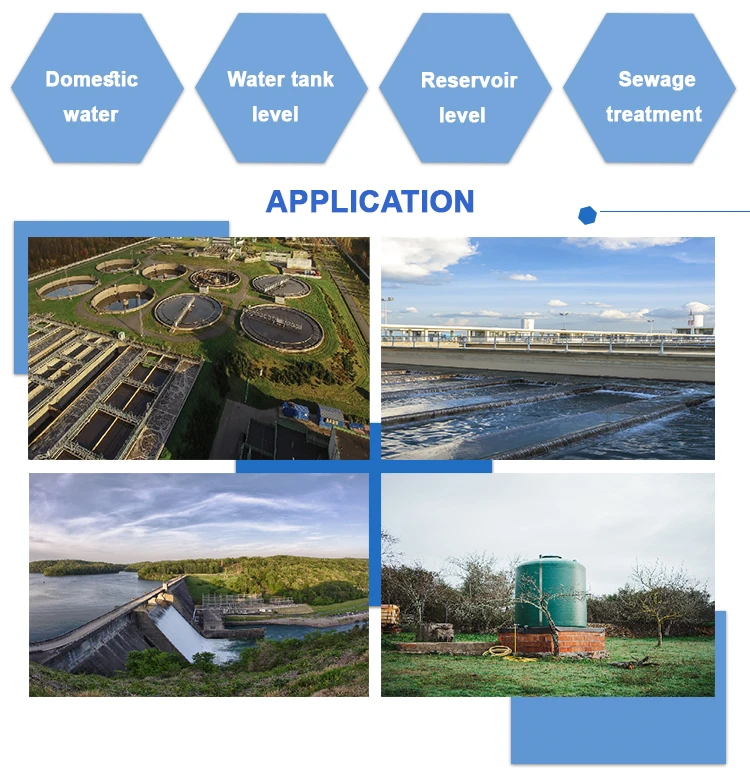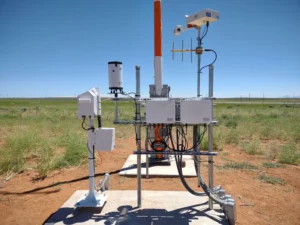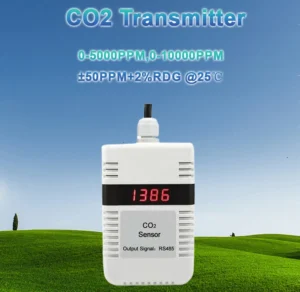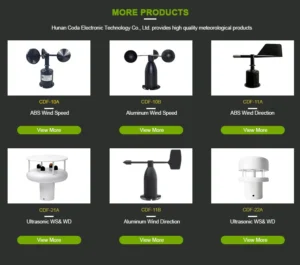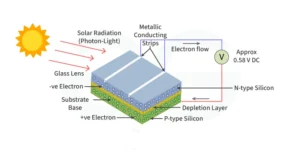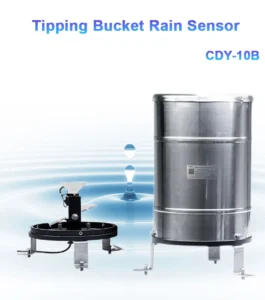Understanding the Importance of Water Level Sensors: A Comprehensive Guide
Introduction:
Water is a vital resource that underpins life on Earth and drives essential processes across countless industries. Monitoring water levels in tanks, rivers, lakes, or other water bodies is crucial for maintaining operational efficiency, avoiding flooding, and analyzing environmental changes. This guide delves into the importance of water level sensors, their technological progression, various types, operating principles, and key factors to consider when selecting the ideal sensor for any specific application.
The Evolution of Water Level Sensors: From Simple Floats to Advanced Technologies
Water level sensors have transformed significantly over time, evolving from basic mechanical floats to cutting-edge technological systems. Early designs, such as float switches, relied on a buoyant component that moved with the water level, providing simple on/off control. While practical for their time, these devices lacked precision and were prone to wear and tear.
Today’s water level sensors harness advanced technologies for improved accuracy and functionality. Modern options include capacitive, ultrasonic, pressure-based, and optical sensors, each offering unique advantages. These innovations enhance real-time monitoring, durability, and precision, making them indispensable across various applications.
Why Water Level Sensors are Crucial for Various Industries
Water level sensors are a linchpin for industries ranging from agriculture and manufacturing to wastewater treatment and environmental research. In agriculture, they optimize irrigation systems by ensuring crops get the right amount of water, preventing waste or deficits. Manufacturing processes similarly rely on accurate water monitoring to maintain consistent operations while safeguarding machinery from damage.
In wastewater management, sensors monitor critical water levels to prevent overflow events that could harm ecosystems and pose health risks. Environmental scientists also deploy these sensors to track water patterns in natural ecosystems, contributing to efforts in conservation and climate analysis.
Different Types of Water Level Sensors and Their Applications
1. Float Sensors:
These straightforward devices consist of a buoyant float that rises or falls with changing water levels. They excel in applications like residential sump pumps, aquariums, and storage tanks where simple on/off mechanisms suffice.
2. Capacitive Sensors:
Using changes in capacitance as water interacts with the sensor, these versatile devices are ideal for wastewater systems, fuel tanks, and clean water treatment facilities.
3. Ultrasonic Sensors:
By emitting and measuring sound waves that reflect off the water’s surface, ultrasonic sensors determine water levels with remarkable precision. They are widely used in rivers, wells, and storage tanks.
4. Pressure Sensors:
These sensors measure the pressure exerted by the water column above them to calculate the water level. They are frequently employed for deep-water monitoring in boreholes and oil wells.
5. Optical Sensors:
Utilizing infrared or laser light to gauge water levels, optical sensors deliver unparalleled accuracy. Their specialized application areas include scientific laboratories, environmental investigations, and advanced research facilities.
Understanding How Water Level Sensors Work and Their Advantages
Water level sensors function based on different principles, depending on the specific type of sensor. Float sensors detect changes in water levels by adjusting the position of the switch as the level rises or falls. Capacitive sensors measure variations in capacitance, which are proportional to the water level. Ultrasonic sensors use sound waves, calculating the distance to the water’s surface by measuring the time it takes for the wave to travel and return. Pressure sensors determine the water level by detecting the pressure exerted by the water column, while optical sensors rely on light beams for precise level detection.
These sensors offer numerous benefits, including real-time monitoring, highly accurate measurements, early detection systems, reduced reliance on manual intervention, enhanced safety, and optimized efficiency in water management. By providing continuous updates, water level sensors enable industries to make data-driven decisions, streamline operations, and avoid unnecessary expenses or damages.
Key Considerations for Selecting the Right Water Level Sensor
When choosing a water level sensor, several factors come into play. These include the specific application needs, desired accuracy, environmental conditions, power supply availability, and budget constraints. It’s also critical to evaluate the sensor’s compatibility with the liquid being measured, its resistance to corrosion, ease of installation and maintenance, and available communication interfaces.
Importance of Water level sensors
Water level sensors play an essential role across various industries by ensuring effective water resource management, minimizing risks of damage, and protecting the environment. A clear understanding of their working principles, diverse types, key benefits, and factors influencing selection is vital for making well-informed decisions. With the right sensor in place for a given application, businesses can enhance operational efficiency, reduce costs, and promote sustainable water management solutions.
Finding reliable OEM water level sensor suppliers can sometimes be challenging, but selecting a high-quality provider is crucial for maintaining effective environmental monitoring systems. Quality remains a cornerstone of performance in these applications.
Explore a range of OEM sensor solutions today. Visit Hunan Coda Electronic Tech Co., Ltd at Coda Sensors to discover products tailored to meet your needs. The company’s Quality Systems Manager ensures rigorous quality control throughout every aspect of its operations.
With a team of highly skilled engineers and developers, Hunan Coda Electronic Tech Co., Ltd is committed to delivering reliable products and exceptional customer service.
